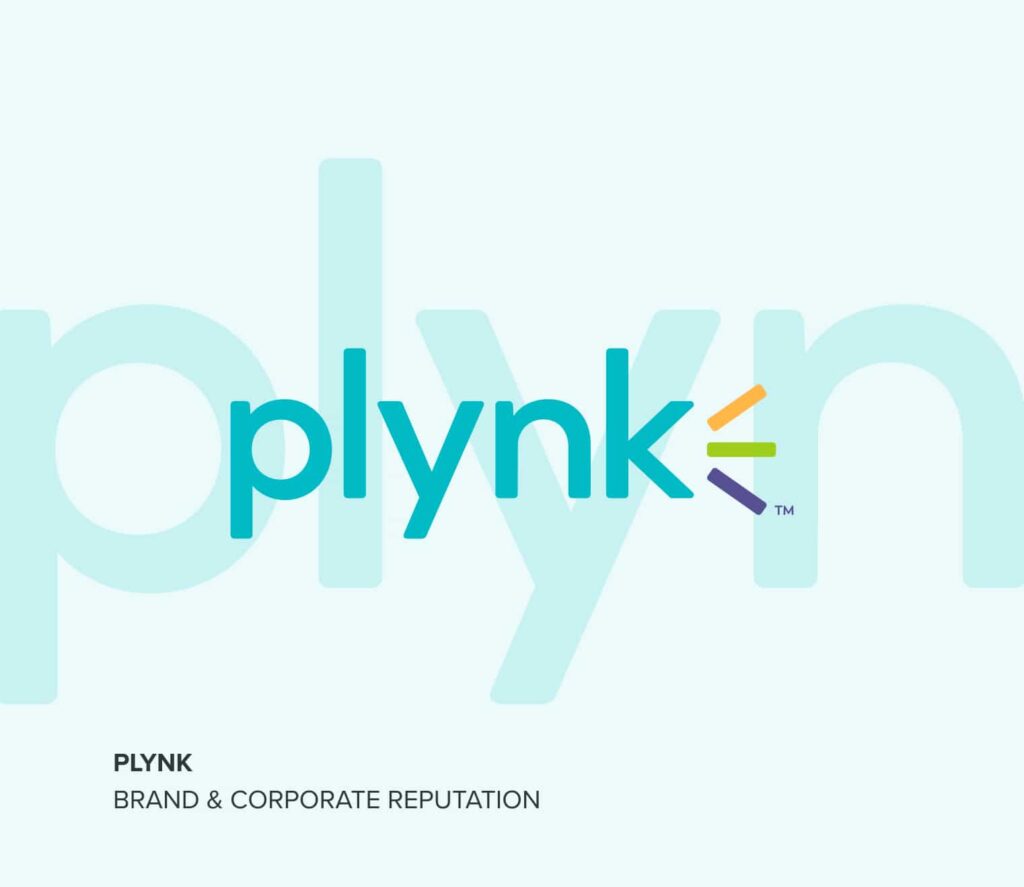Four tips for communicating with Financial Advisors – in 2020 & beyond
Like almost every other industry, the face of financial advice has changed dramatically this year.
The ways that advisers are communicating with their audiences has shifted in line with this, and while some of those trends will be short lived, others look increasingly likely to stand the test of time. This week, we hosted our latest Breakfast & Brainfood event with Samantha Secomb, the founding director of Women’s Wealth and CEO of Pentins Financial Planning, to hear how these trends are influencing the needs of advisers and how providers can best communicate with them.
1. The importance of being informed
Since March, clients have been demanding access to information more than ever before. While advisers will continue using their various trusted information sources to populate the bulletins and updates they share with clients, they will be looking for new resources too. They are also increasingly on the lookout for insight into emerging trends and balanced views of the news agenda and market movements.
2. The digital boom will sustain
From relative obscurity, to one of the core pillars in how we work from home, Zoom – and its video conferencing peers – have given new meaning to ‘client face time’ in the time of Coronavirus. While advisers’ older clients may be used to in-person meetings, many have warmed to (or at least, become proficient in using) video conferencing for meetings. And, given the likelihood of a second wave, we will likely see the Zoom boom sustain for client and provider relationships.
3. Human touch points continue to be key
Early on in the pandemic, client discussions were about more than risk mitigation and management, though this of course was significant. Irrespective of demographic, they sought reassurance for their fears and concerns: baby boomers needed reminding of previous financial crises and assurances of the measures taken to mitigate future crises; and millennials needed advisers to reassure them based on experience of previous crises. Importantly, these are the kind of conversations which robo advisors just could not do – so, feasibly, the human touch in financial advisory will continue to be central.
4. The millennial question mark
Put simply, one of the biggest challenges that the financial services industry faces is learning how to communicate with millennials. Yet, this is becoming even more important – especially for advisers whose older clients will be passing wealth on to this group over the next 15-20 years. The adviser community is therefore increasingly looking for information, insight and guidance around reaching younger audiences – because once the industry has learnt how to communicate with millennials, it will need to turn its attention to Gen Z, and so on…


